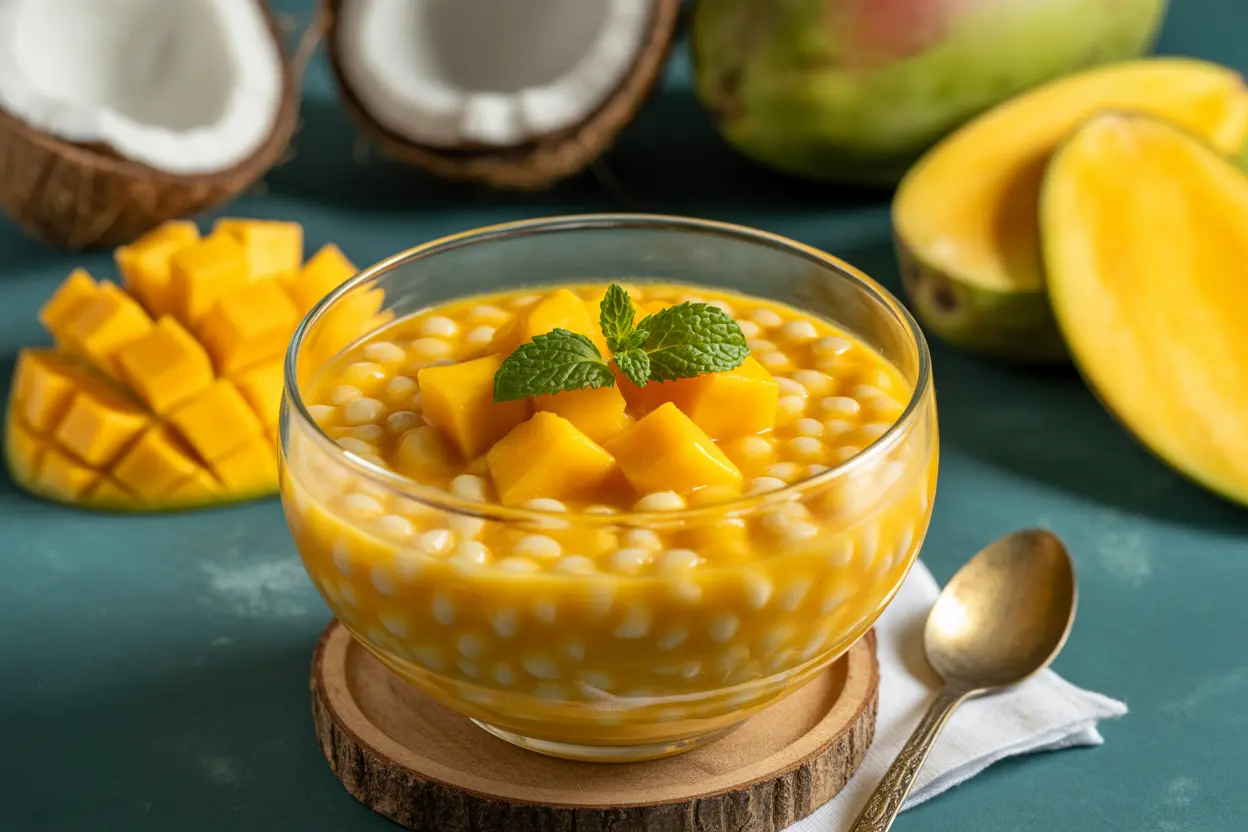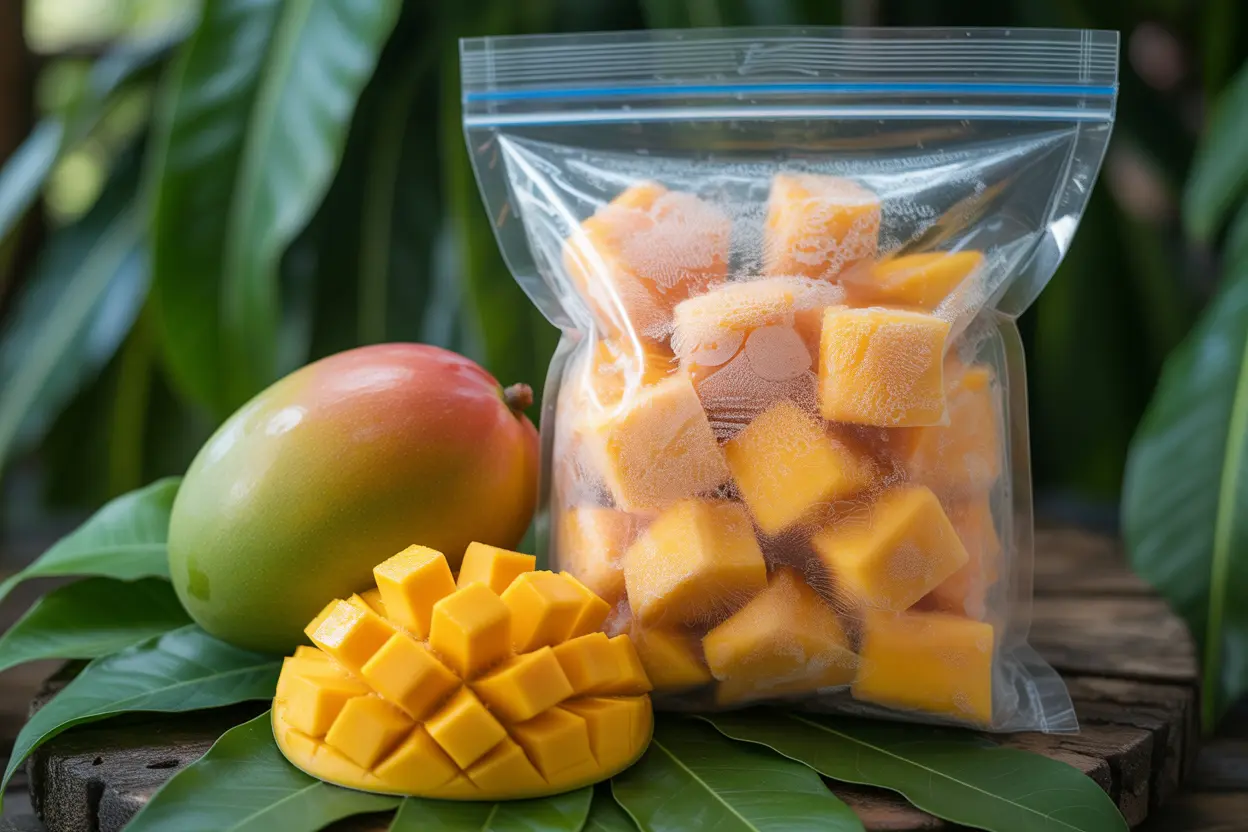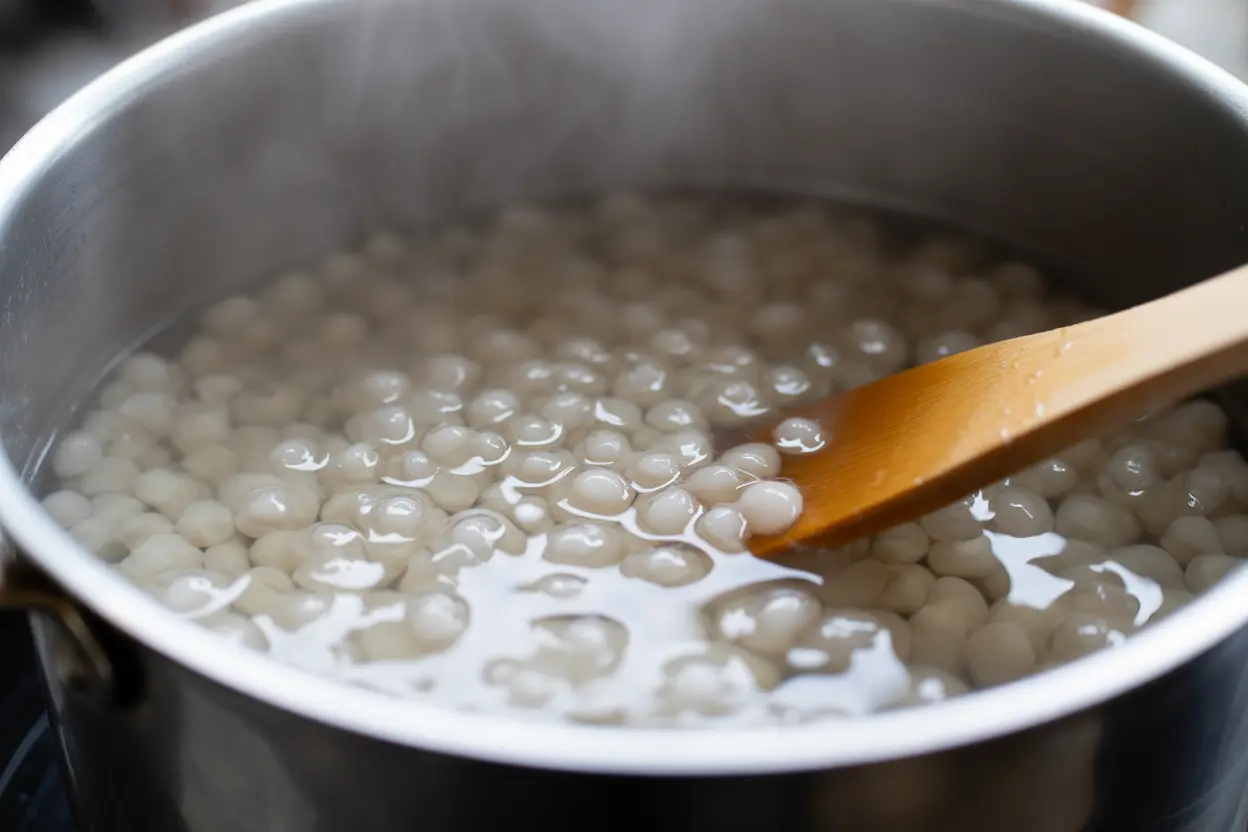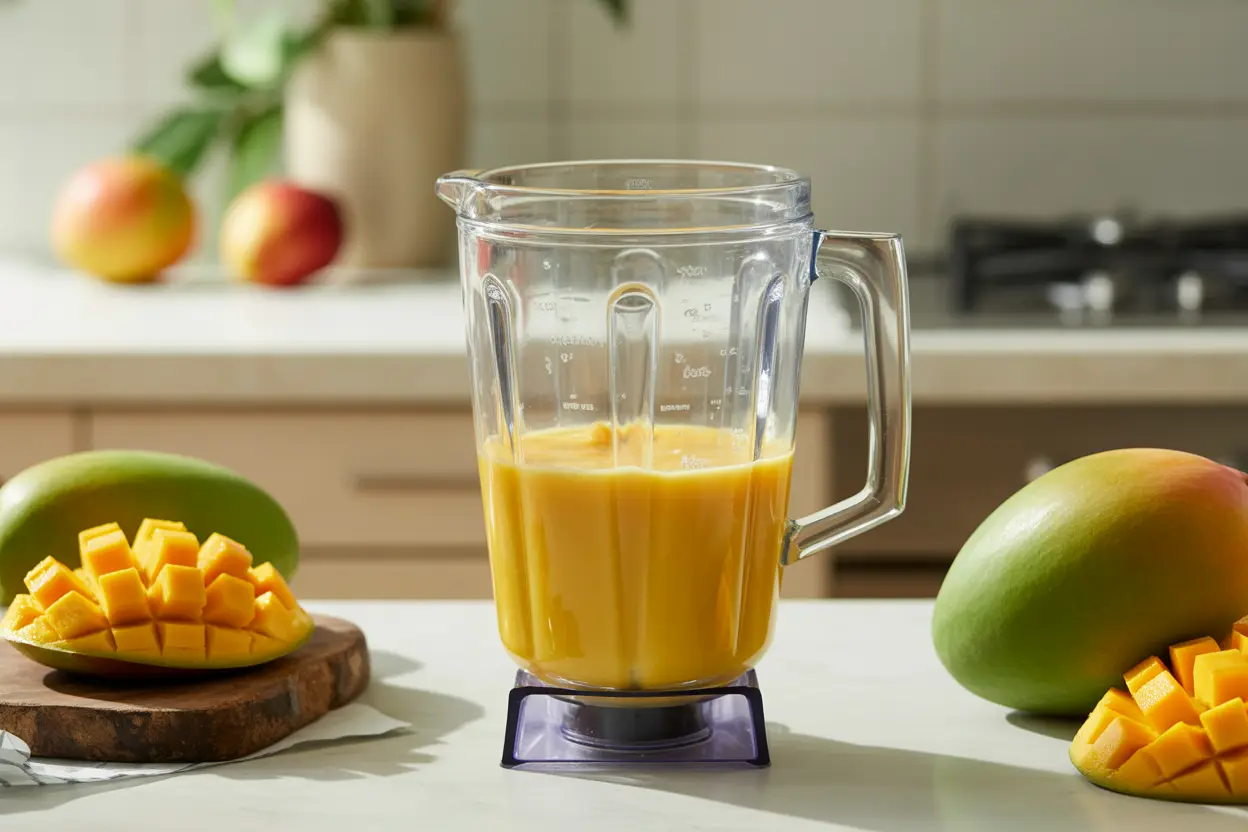What is Mango Sago?
If you’ve ever craved a delightful Asian mango dessert, then mango sago might just be your next favorite treat. This popular Cantonese dessert blends chewy tapioca pearls with sweet, luscious mango and creamy coconut milk, creating a tropical flavor bomb. Think of it as a warm hug from the tropics wrapped in a bowl. You might recognize it as the classic mango tapioca pudding that’s often enjoyed as a refreshing summer dessert. If you’re interested in trying an easy mango sago recipe, this article will guide you through making it using frozen mango.

Why Use Frozen Mango?
Wondering why the trend of mango sago with frozen mango is growing? Frozen mango offers convenience without sacrificing flavor. When fresh mangoes aren’t in season, frozen mango comes to the rescue, locking in the fruit’s peak ripeness and sweetness. Plus, it helps you maintain a consistent texture in your dessert. Discover some of the nutritional advantages of frozen mango which make it a practical choice for mango sago.
Frozen Mango
The star of this dessert is naturally the mango, and frozen mango cubes are essential for that smooth, blended texture. Using frozen mango means you can whip up this refreshing summer dessert anytime without worrying about seasonal availability. Ensure you use high-quality frozen mango that’s ripe and sweet for the best results.

Tapioca Pearls (Sago)
Tapioca pearls, also known as sago, bring a delightful chewiness to the dessert. They soak up the coconut milk and mango juices, providing contrast and body. Small pearl sizes work best for that smooth mouthfeel.
Coconut Milk and Other Liquids
Creamy coconut milk is what ties everything together, offering richness and a tropical aroma. Some recipes also incorporate evaporated or sweetened condensed milk to intensify sweetness and creaminess.
Sweeteners and Optional Ingredients
Depending on your taste, you can add sugar, honey, or sweetened condensed milk. Some like to add a splash of lemon or lime juice for added brightness or sprinkle in varied dessert toppings like nuts or basil seeds for texture.
Preparing the Tapioca Pearls (Sago)
Start by boiling the tapioca pearls in plenty of water. Stir frequently to avoid sticking. The pearls become translucent once cooked, usually taking around 10-15 minutes depending on the size. Then, drain and rinse them under cold water to stop further cooking and remove excess starch. To master the technique, check out guides on how to prepare sago pearls for perfect tapioca pearls texture.

Blending the Frozen Mango Mixture
Blend your frozen mango cubes until smooth. To create that creamy base, add fresh coconut milk or the best coconut milk for desserts. Sweeten the mixture with sugar or sweetened condensed milk according to your preference. Blend until silky and creamy with a vibrant yellow hue.

Combining Mango Mixture with Cooked Sago
Once both components are ready, gently fold the cooked tapioca pearls into the mango mixture. This fusion creates the signature mango tapioca pudding texture — a harmony of chewy and smooth. Chill it briefly for the best flavors.
Chilling and Serving Suggestions
Let your mango sago rest in the refrigerator for at least an hour. Serving it cool amplifies the refreshing tropical vibes. You can present it in individual bowls or pretty glasses for an inviting display.
Optional Toppings and Variations
Get creative! Some people sprinkle toasted coconut flakes, chia seeds, or even tiny pops of fresh mango chunks for added texture. For a twist, try adding a drizzle of honey or mint leaves to elevate the flavors. Explore more ideas in our mango sago variations to inspire your next batch.
Choosing the Right Frozen Mango
Choosing the freshest and sweetest frozen mango will make or break your dessert. Look for brands without added sugar or preservatives. The mango should be firm yet sweet enough to blend into a smooth puree, echoing all the health benefits of frozen mango.
How to Cook Tapioca Pearls Perfectly
The trick lies in boiling them long enough until they turn transparent but not too long that they become mushy. Constant stirring while boiling, followed by rinsing under cold water, is key to that perfect tapioca pearls sago chewiness. For detailed guidance, check our linked tips on cooking tapioca pearls.
Adjusting Sweetness and Creaminess
Taste as you go! Some prefer their mango sago more coconut-rich, so adjusting the ratio of coconut milk matters. Also, tweak the sugar or condensed milk amount until your taste buds sing. Remember, mango sago sweetness adjustment is totally personal.
Storage and Shelf Life
Store your mango sago in an airtight container in the fridge for up to 2-3 days. For handy preservation tips and shelf life advice, visit our full guide on Mango Sago Refrigerator Storage: Shelf Life & Tips. This way, you can prep in advance without losing that tropical charm.
Nutritional Profile of Mango Sago
This dessert combines the fiber and vitamins from mangoes with the energy-giving carbohydrates in tapioca pearls, plus the healthy fat from coconut milk. A good source of vitamin C and hydration, it’s a more wholesome treat than you might expect — just watch the sweetener levels!
Using Frozen Mango: Nutrient Retention
Frozen mango retains most nutrients of fresh mango since it’s typically flash-frozen at peak ripeness. This means you get the same vitamin content and flavor without worrying about spoilage. It’s a nutritious, convenient way to enjoy mango all year round.
Frequently Asked Questions about Mango Sago with Frozen Mango
Curious about more details? Here are some quick answers:
- Can I use frozen mango instead of fresh mango in Mango Sago?
- How do I cook tapioca pearls for Mango Sago using frozen mango?
- What type of milk works best for Mango Sago?
- Can Mango Sago made with frozen mango be stored for later?
- How can I adjust the sweetness of Mango Sago made with frozen mango?
Feel free to explore each of these questions further to master your easy mango sago recipe adventures!
Conclusion
Mango sago with frozen mango is a delicious and convenient tropical dessert that retains the rich flavor and texture of fresh mango sago. By following careful steps to prepare tapioca pearls and blend the mango mixture properly, you can create a creamy and refreshing dessert perfect for any occasion. Using frozen mango is not only a practical off-season alternative but can also be ideal for making the dessert in advance. Adjusting sweetness and creaminess to taste along with optional toppings will help you customize this dessert to your preference. Enjoy this simple yet impressive dish that combines chewy sago pearls with tropical mango goodness. For more inspiration, check out our full Mango Sago Recipe: Easy Authentic Tropical Dessert.
